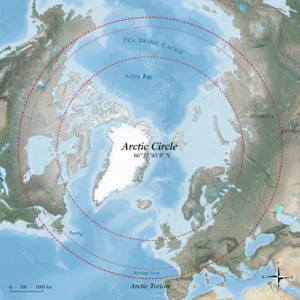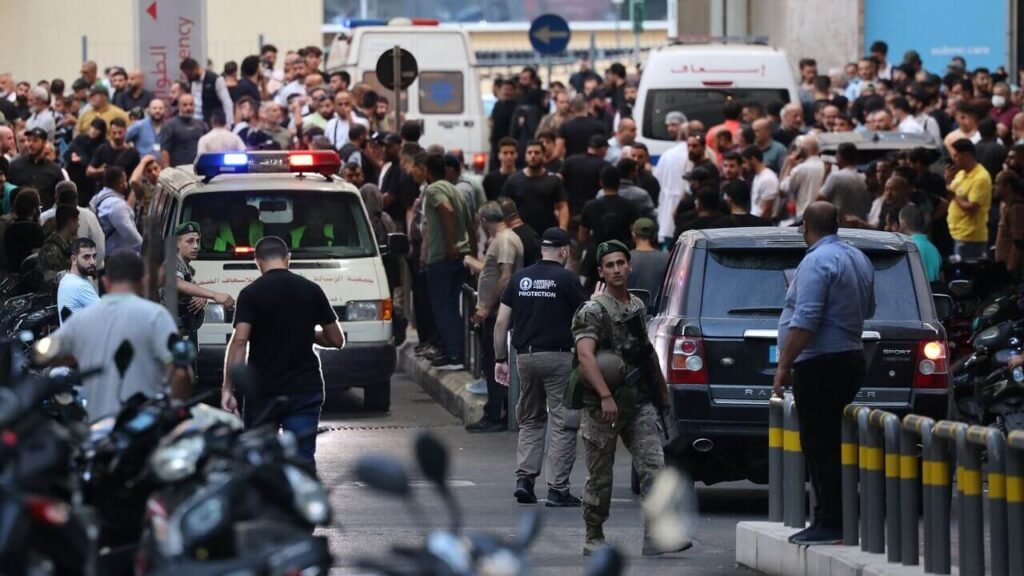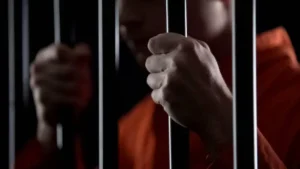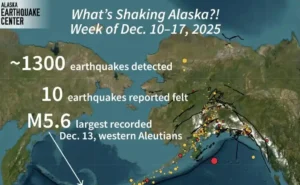Hezbollah launched a missile attack near Tel Aviv on Wednesday, which Israel intercepted, signaling a significant intensification of the ongoing battle. Alarms startled Tel Aviv and Netanya residents as a missile, the first to pass close to Tel Aviv, triggered the alerts in both cities.
Hezbollah said it was preparing strikes on its members after verifying that it had fired a Qadr 1 ballistic missile into Israel’s Mossad spy center. The Israeli military’s immediate announcement of no damage or casualties from the strike is unprecedented for Hezbollah.
With lightning speed, Israeli troops intercepted the missile close to Tel Aviv, a metropolis home to more than four million people. The air force then hit the missile launcher in southern Lebanon. Israeli military spokeswoman Nadav Shoshani described the missile as “heavy” and “long range,” noting that this was Hezbollah’s first direct attack on Tel Aviv.
As a result of the missile launch and continuing gunfire between Israeli and Hezbollah troops, at least 23 people died in Lebanon on the same day. Israel’s military persisted in carrying out massive operations against Hezbollah targets, striking more than 100 sites in Lebanon, mainly in the country’s east and south. About forty missiles targeted Israel in return, with one striking an assisted living facility, though no injuries were reported.
Hezbollah launched multiple missiles into northern Israel during the October 2023 Israel-Hamas combat, prompting this escalation. Sixty thousand individuals have fled Israel’s northern regions due to the ongoing violence.
The humanitarian situation in Lebanon has deteriorated, with reports of widespread home devastation and a dramatic surge in civilian casualties. UNICEF noted that many children are still missing under the rubble and that hospital beds are full of wounded. Since Hezbollah launched a missile attack, hundreds more people have fled their homes with little indication of reprieve.












